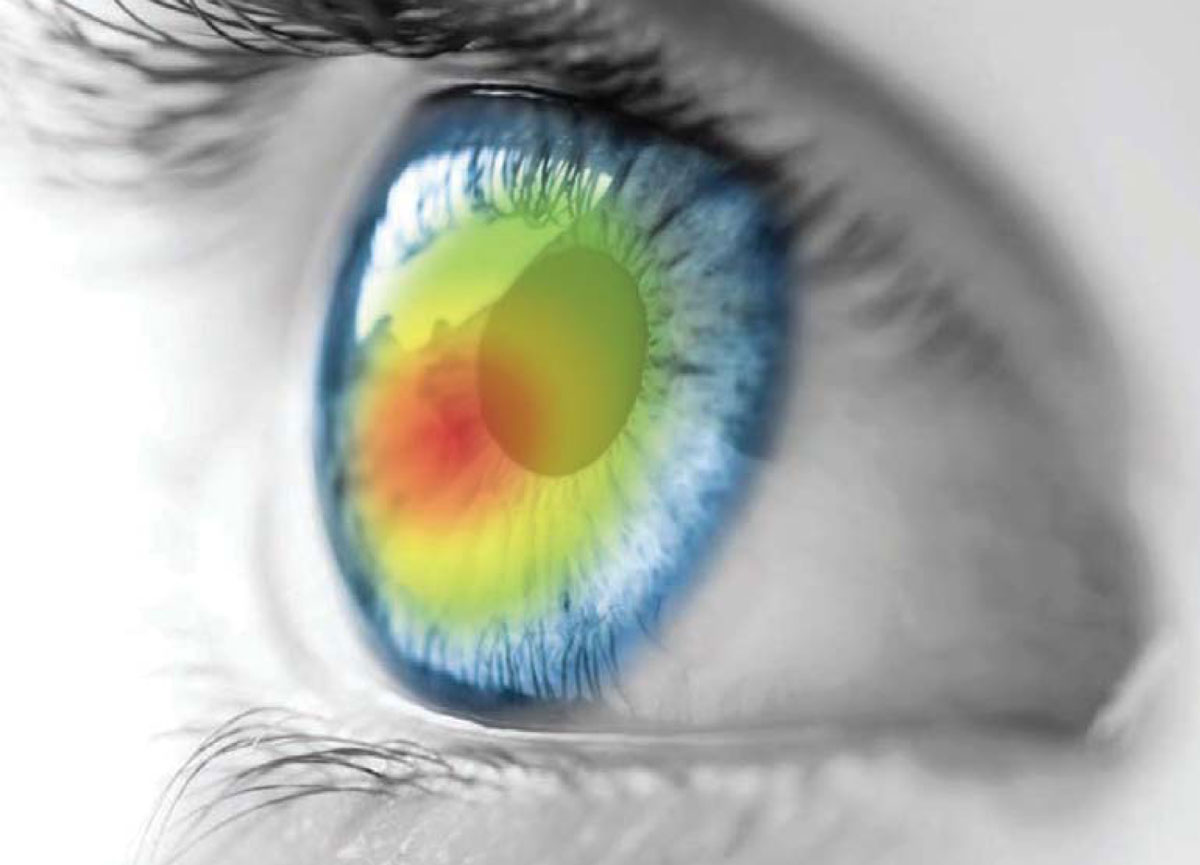 Keratoconus is a progressive, irreversible distortion of the cornea affecting around one in 400 young patients. Typically, the disease is diagnosed when the patient’s vision is no longer fully correctable with glasses.
Keratoconus is a progressive, irreversible distortion of the cornea affecting around one in 400 young patients. Typically, the disease is diagnosed when the patient’s vision is no longer fully correctable with glasses.

The disease is caused by a combination of genetic predisposition, chronic allergies and physical eye rubbing. If left untreated, some patients will progress to have lifelong severe vision issues and possibly require corneal transplantation
For the past 10 years, we have been able to effectively stop the progression of keratoconus with corneal collagen cross-linking (CXL). Corneal transplantation rate for keratoconus has steadily fallen around the world over the past decade due to earlier diagnosis and CXL treatments.
CXL is a time-intensive minor procedure. The eye is exposed to ultraviolet light for a specific duration after the cornea is soaked in riboflavin 0.1% solution. The corneal epithelium is often debrided to allow the riboflavin solution to penetrate into the cornea. Similar to a corneal abrasion, there is pain and discomfort after the procedure but recovery is fast.
Some 90-95% of patients stop progressing after treatment.
CXL and keratoconus is still relatively unfamiliar to mainstream medicine. Owing to campaigning by some of our colleagues, Medicare finally provided an item number for this procedure in 2018.
Previously, most of these procedures were provided in the private setting with no rebate from any health insurance. Since the introduction of the MBS item number, the majority of private health insurance policies cover hospital admission for collagen cross-linking. For the uninsured, there is a substantial Medicare rebate.
CXL does not improve vision most of the time. The reason it is done is to stop progression. Rigid contact lens can restore vision in most cases but these lenses can be uncomfortable and require special attention
There are other minor procedures such as corneal ring segment implants and topographic guided laser corneal reshaping that can help to improve spectacle-corrected vision. Unfortunately, once the cornea is distorted by keratoconus, it is irreversible.
Early diagnosis and treatment are essential in keratoconus. General practitioners will not have the diagnostic imaging required to be able to diagnose keratoconus. However, young patients without a history of ophthalmic problems should be able to see 6/6 with recently prescribed glasses.
If a patient chronically cannot see better than 6/9 with new glasses, then keratoconus should be considered. Allergies and eye rubbing are also risk factors. Our optometry colleagues are very good at early diagnosis and referral. However, disease and treatment awareness in the wider medical community is important in reinforcing effective treatment for these young patients
Key messages
- Keratoconus is a progressive irreversible distortion of the cornea
- Its progress can be stopped by corneal collagen cross-linking (CXL)
- Early recognition is the key to preserving vision
References available on request.
Questions? Contact the editor.
Author competing interests: nil
Disclaimer: Please note, this website is not a substitute for independent professional advice. Nothing contained in this website is intended to be used as medical advice and it is not intended to be used to diagnose, treat, cure or prevent any disease, nor should it be used for therapeutic purposes or as a substitute for your own health professional’s advice. Opinions expressed at this website do not necessarily reflect those of Medical Forum magazine. Medical Forum makes no warranties about any of the content of this website, nor any representations or undertakings about any content of any other website referred to, or accessible, through this website.

